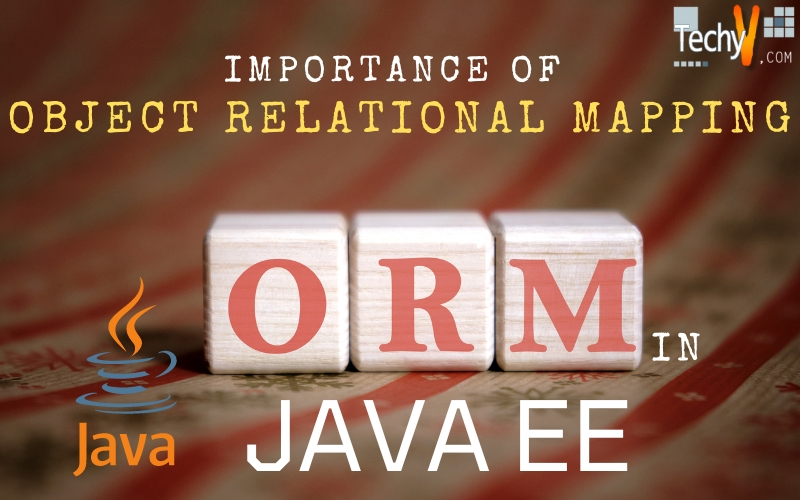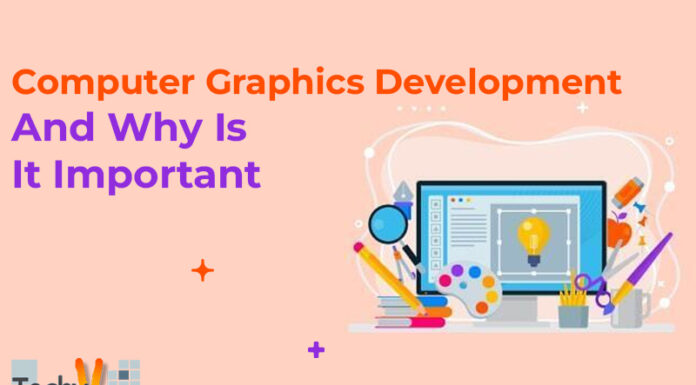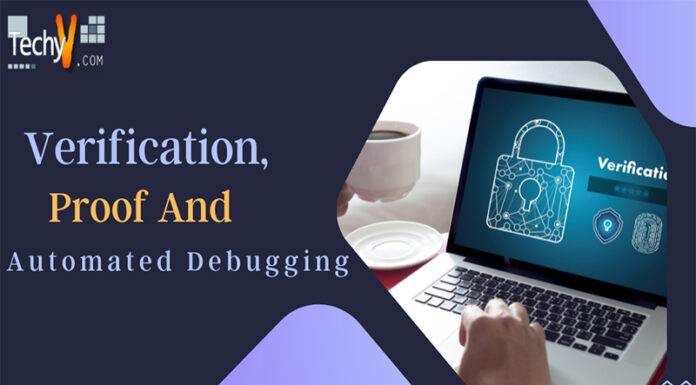The Importance of Object-Relational Mapping in Java EE
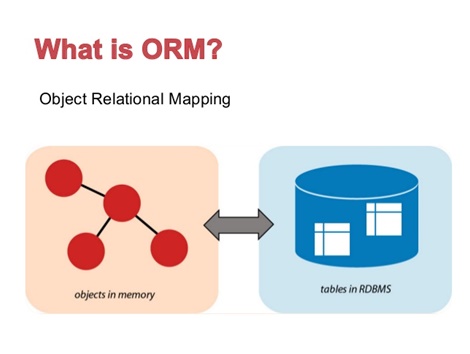
Today, we are building numbers of websites for our companies, institutions, etc. For large organizations with huge amounts of data, critical functionalities, and transactions, we need to build Enterprise Applications instead of simple websites. It is used for businesses that are divided worldwide and have lots of business logic to be included on the site. When we talk about enterprise applications, we have to deal with Object-Relational Mapping or ORM.
The front-end of our application will be made of different programming languages such as Java, C++, etc. To store the data, information, and credentials provided by the user, we need underlying databases such as MySQL, Oracle, and more.
Here, we need to map the front-end (i.e. Java classes) to the bank-end (i.e. databases) for the functionality of the application. The front-end is made up of objects and classes, whereas back-end is made of tables in rows and columns. Neither Java understands SQL’s tables nor does database understand the objects and classes in Java. Here comes the problem of mapping objects to databases.
This issue is called Object-Relational impedance mismatch, which means there is a technical difficulties between the two platforms.
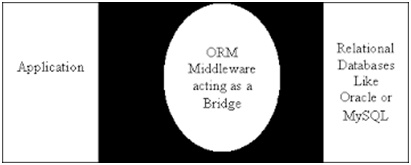
But we can’t give up this functionality as both front-end, and back-end mapping is needed by the organizations. We do have a solution for this and it’s called Object Relational Mapping; one example is using underlying services or technologies and Java is made to understand the tables of SQL and its syntax. By this, the problem is solved.
We have different tools that are used for ORM such as JPA (Java Persistence API), Hibernate, Struts, etc.
Without considering how objects are related and mapped to the data stores, Object-Relational Mapping (ORM) helps to manipulate access and address the objects in a simpler way. ORM lets programmers or developers to manage the consistent view of objects over time. That may even be applications that access the change, sources which deliver them and the sinks that are made to receive them.
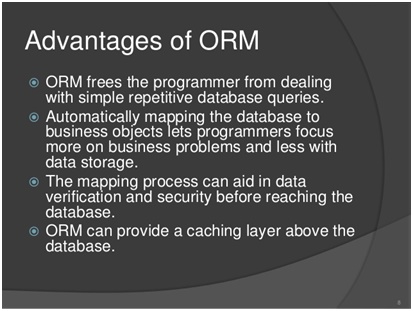
We now understand that without the knowledge of the developer the mapping happens between the front end and back end, but how is it done? ORM manages the mapping between a set of objects of Java class and underlying relational databases, based on abstraction. It uses XML repositories, sinks and other data sources which hides the details of related interfaces from developers or programmers. The XML is an Extensible Markup Language; it is a standard language for mapping as it stands between the Objects and Relational databases. XML file consists of configuration and mapping details.
When there is a change in APIs or data sources, only ORM needs to update the changes as it encapsulates and hides changes in data sources itself. There is no need for the applications that use ORM to face this effort; the ORM took care of it. This is the reason it is easy to extend and create new classes in applications based on ORM.
The main feature of it is that, without the need of changing code for applications, ORM can incorporate new technologies and doesn’t complain about any compatibility issues.



